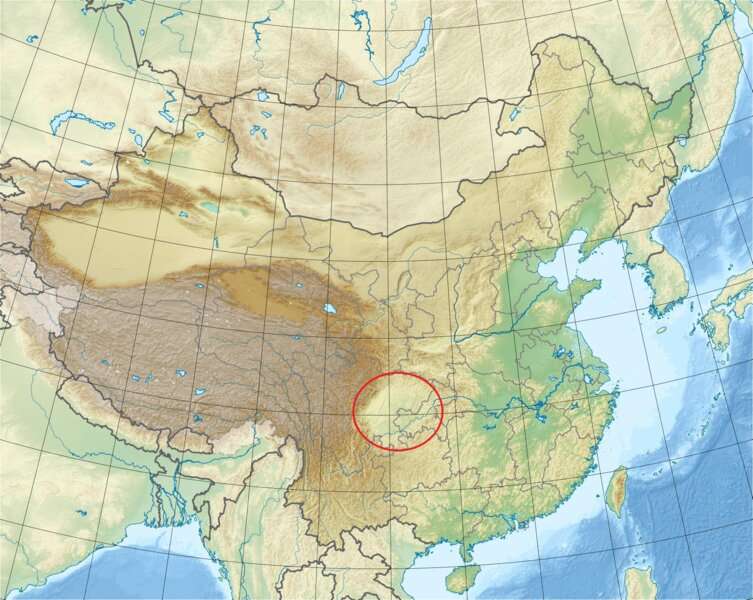This article has been reviewed according to Science X's editorial process and policies. Editors have highlighted the following attributes while ensuring the content's credibility:
fact-checked
peer-reviewed publication
trusted source
proofread
Paleogeomagnetic and isotope study reveals the timing of hydrocarbon evolution

In sedimentary basins, the evolution of hydrocarbon including oil/gas generation, migration, and accumulation, as well as reservoir destruction, is often controlled by regional tectonic activities.
The key to understanding the evolution is quantifying the timing of formation of the hydrocarbon and reservoir itself. However, reliable time constraints often require comprehensive data on basin stratigraphy, tectonic characteristics, and reliable geothermal parameters.
Recently, researchers led by Associate Professor Zhang Yong from the Nanjing Institute of Geology and Paleontology of the Chinese Academy of Sciences (NIGPAS) and their collaborators, for the first time, combined paleomagnetic remanence and rhenium-osmium isotope data to provide reliable time constraints on the generation, migration, and accumulation of oil and gas under complex conditions.
The work was published in Journal of Geophysical Research: Solid Earth on Feb. 3.
The researchers focused on oil/bitumen-bearing Permian carbonate rocks in the northwestern margin of the Sichuan Basin. They selected reservoir carbonate rocks for the study of remagnetization, and revealed two periods of oil and gas migration into the reservoir carbonate rocks during the late Triassic and Middle Jurassic-Cretaceous.
Rhenium-osmium isotope studies on corresponding crucial oil and bitumen revealed the times for oil and gas generation, which were during ~264 Ma and ~94 Ma.
"The two methods reliably identified two periods of hydrocarbon formation, followed by two extended periods of hydrocarbon migration," said Zhang.
Together with the geology context, the researchers suggested that the main geological structures for migrating and entrapping of hydrocarbon formed during the Indosinian event; the Dongwu magmatism and Yanshan tectonism provided the heat for hydrocarbon maturation, and the latter may also have reactivated migration paths.
"The two methods are completely independent in terms of methods and principles, but they can reveal the same oil and gas process. Thus, they can provide additional tests for each dating technique," said Zhang. "Moreover, this combined method is particularly powerful as it is independent of the hydrocarbon source rock and complex geological settings."
More information: Jing Hu et al, Combining paleomagnetic and Re–Os isotope data to date hydrocarbon generation and accumulation processes, Journal of Geophysical Research: Solid Earth (2023). DOI: 10.1029/2022JB025955
Journal information: Journal of Geophysical Research
Provided by Chinese Academy of Sciences


















